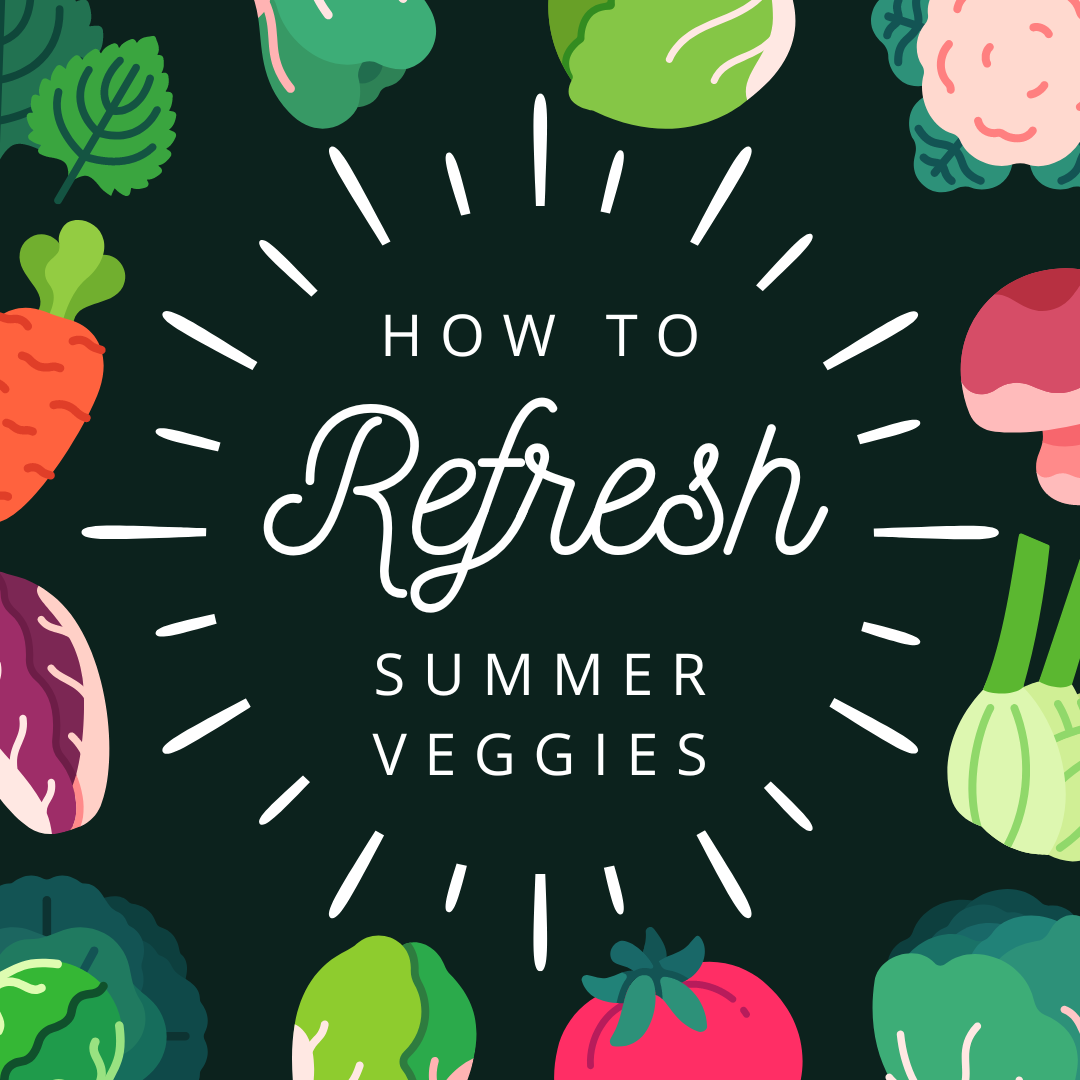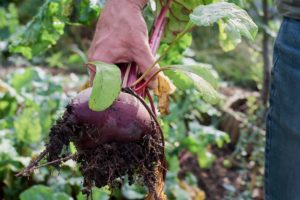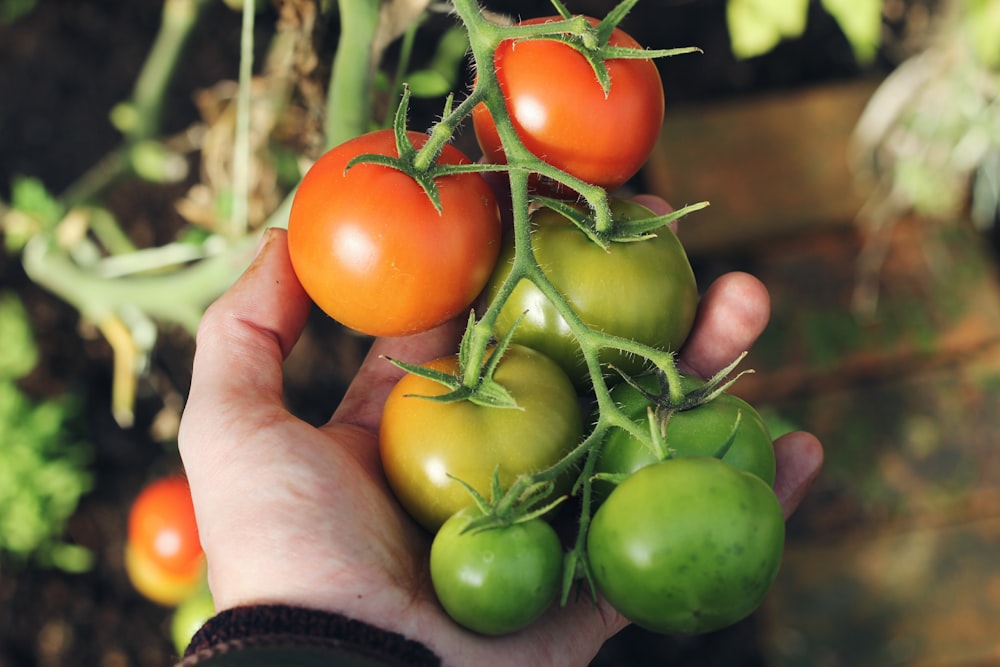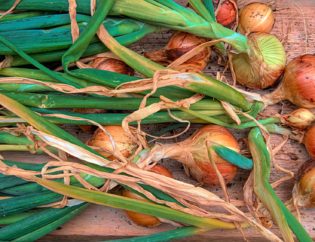
1. Get the right fertilizer and use it!
Veggies are heavy feeders because we are harvesting pounds of “fruit” off of them frequently. Just as our bodies need fuel to keep us going, so do plants and even more so, veggies. I faithfully use organic fertilizers in my garden, particularly Bumper Crop Tomato and Vegetable food.
I don’t just apply fertilizer either. I use Steve Goto’s (The Tomato King) recommended method of Lasagna Gardening. In his seminar at The Greenery in the Spring of 2015, he recommended applying 1/4″ of worm castings then organic fertilizer (as recommended on the package) and topping off by 1/2″ of compost or Bumper Crop Planting Mix
I have since changed to this method for my entire garden, even in containers, and the difference is night and day! He recommends feeding veggies in containers using this method every month while in the ground every other month. In some cases, I have stretched my feedings to every 3 months in the ground but as soon as I see a decline in plant health, I fertilize.
2. Successive plantings
This is a not-so-secret trick to productive gardens. Many types of veggies have a life span or, after a while get so full of pests that it is best to start over. The trick is to remember to start the successive plantings! Whether you write it on a calendar or enter it as a reminder in your smartphone, you will probably need to remind yourself. I know I do, and I am in my garden every single day!

What can you plant successively? Just about anything that has fewer days to maturity than we have to the middle of October. Summer squash, beans, carrots (I plant them monthly all year long!), beets, radishes, corn, annual herbs like basil, cucumbers, and some melons.
3. Prune it back
Some veggies can be reinvigorated by tipping or pruning. I generally tip them (literally pinch the growth tips) or cut veggies back by 30% to reinvigorate them. I find they respond best to pruning when done on milder days and make the cut just before a node (the intersection where the leaf attaches to a stem) that already has a bud growing out of it. Make sure to fertilize when you do this! If it is too soon to fertilize, then use a good liquid fertilizer (like MaxSea All Purpose) as a soil drench or foliar feed (sprayed on the leaves) for an instant pick-me-up.
4. If it is done, rip it out!
This is hard for gardeners to do. We always want plants to live, but when it comes to vegetable gardens, we usually have limited space but need our plants to produce. If you have tried all of the above tips and the plants do not respond, then it is time for them to come out to make room for something else. If you are not ready to plant right back in, there is no harm in letting the soil rest until the next growing season…Fall is around the corner!
-Adria


